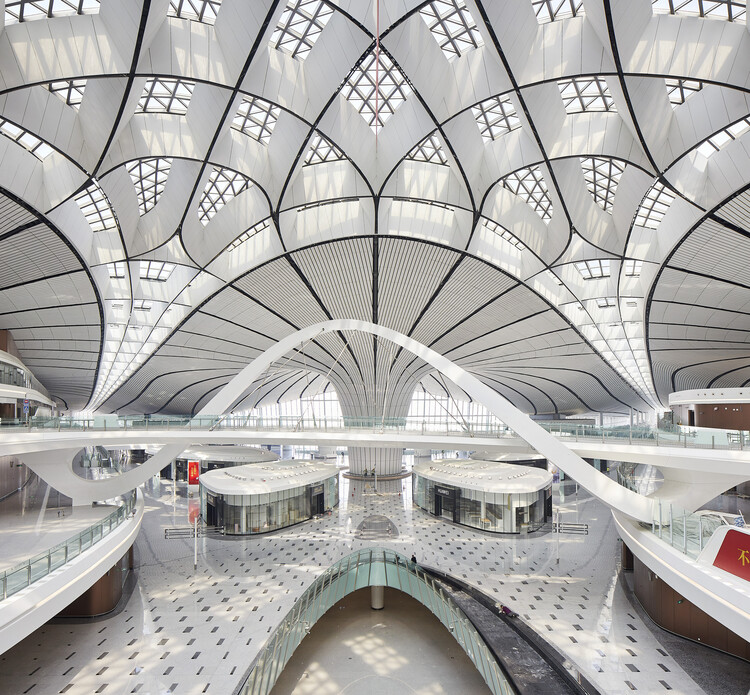
Modern airports are increasingly symbols of architectural innovation, transcending their primary function as transport hubs to become prominent landmarks. A significant trend in contemporary airport design is the use of curved forms to create fluid, dynamic spaces that enhance both functionality and visual impact. These curves, made possible by advances in building technology, allow for more flexible and spacious interiors, as well as designs that can better integrate with natural landscapes and improve circulation and experience the passengers.
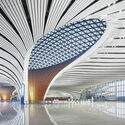
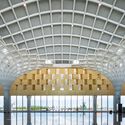
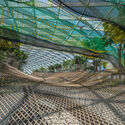
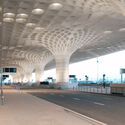

Examples of this approach include Jewel Changi Airport in Singapore, Beijing Daxing International Airport, Chhatrapati Shivaji International Airport Terminal 2 in Mumbai, and Hulunbuir Hailar Airport in Central Mongolia. Each of these projects uses curvature not only for aesthetic purposes but also to address significant structural challenges. Curved forms in these airports, such as the toroidal dome at Jewel Changi and the radial design at Beijing Daxing, effectively distribute loads over large areas, minimizing the need for internal support. This approach allows for spacious open public spaces which are vital in airport terminals. The use of recessed structures, where these curves are often applied, improves efficiency by reducing material usage while maintaining structural integrity. These airports show how curved design can be a functional and visually integrated solution to meet the demands of modern air travel.
Read on to discover four unique international airports in South and East Asia that use curves to shape their spaces.
Related Article
MAD Architects Unveils Design for “Forest City” Airport in Lishui, China
Singapore
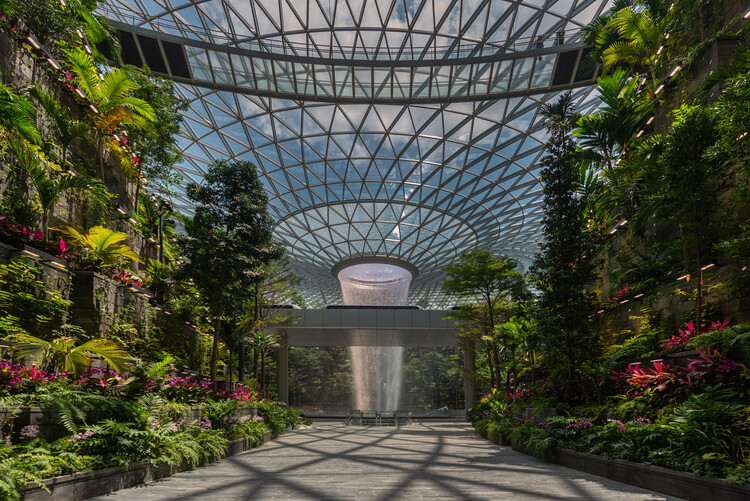
Jewel Changi Airport by Safdie Architects, ArchDaily’s 2020 Building of the Year winner, uses a curved toroidal dome to create an open and fluid space that integrates nature with the built environment. The curvature of the roof allows for a largely column-free interior, which adds to the continuity of the space as visitors pass through the interior gardens and retail areas. This design approach helps guide the flow of movement, in line with the airport’s role as a transport hub and public space.
Daxing, China
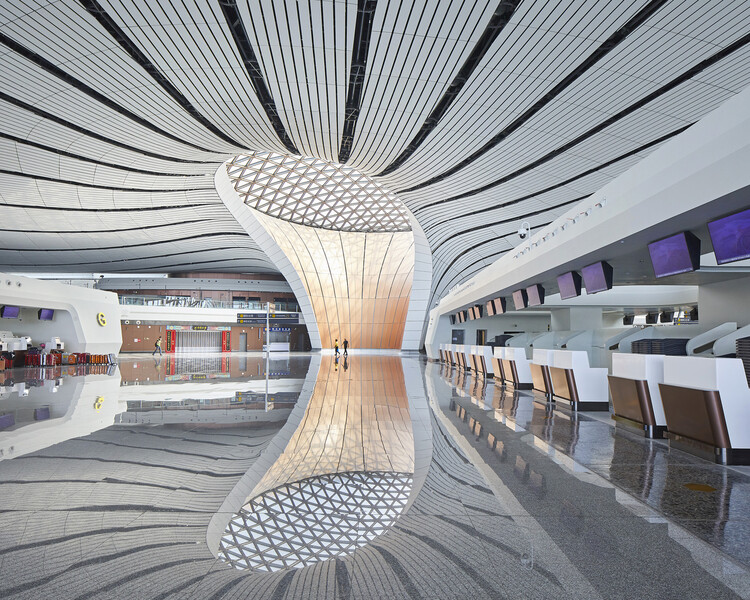
Beijing Daxing International Airport, designed by Zaha Hadid Architects, makes extensive use of curvature in its design to shape the structure and passenger experience. The compact, radial layout of the terminal features six flowing forms within the vaulted roof that extend down to the ground, creating a seamless connection between the building and its foundation. These curves not only support the structure but also bring in natural light, intuitively guiding passengers towards the central courtyard. The curved design reduces walking distances, increasing efficiency while providing a cohesive and fluid visual environment that reflects traditional Chinese architectural principles.
Mumbai, India
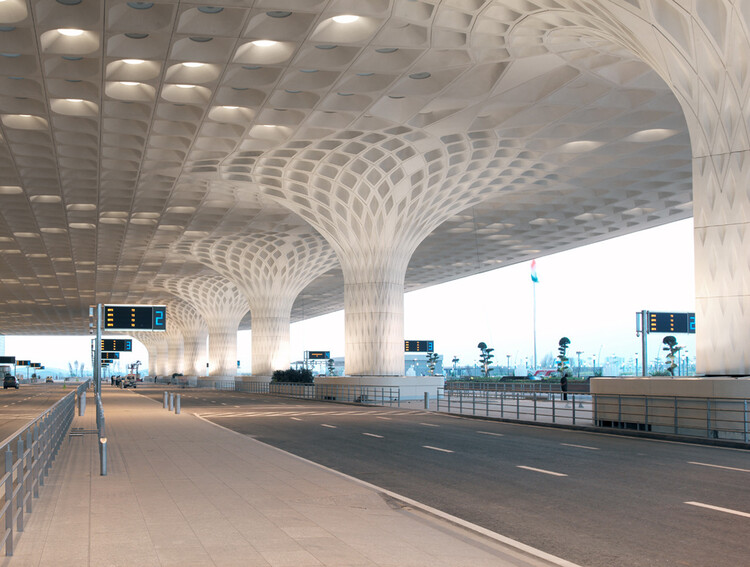
Chhatrapati Shivaji International Airport Terminal 2, designed by SOM, employs curvature to create a welcoming and culturally resonant space. The terminal’s design draws inspiration from traditional Indian pavilions, with a large roof supported by multi-storied, ornate columns that evoke the airy, open structures of regional architecture. These curved elements not only provide structural support but also allow natural light through the space, contributing to a feeling of warmth and openness. The sweeping forms help guide passengers intuitively through the terminal, while cultural details place the design in the local context, making the airport a functional and symbolic gateway to India.
Hailar, Hulunbuir, China
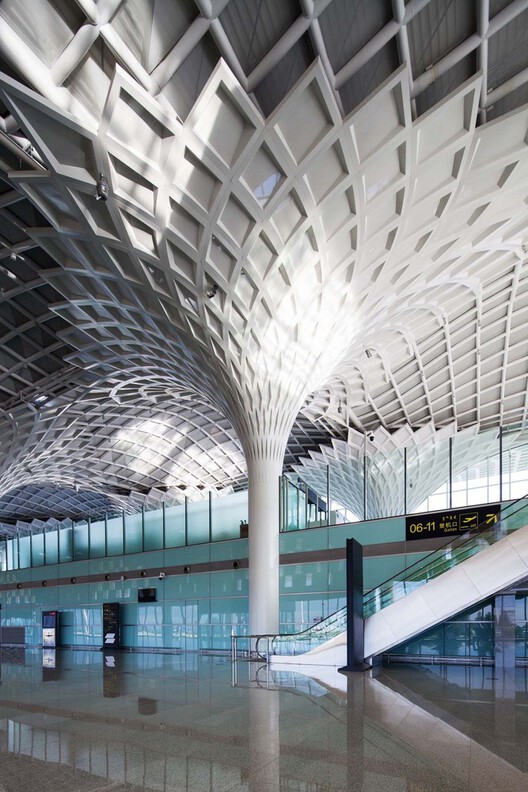
Hulunbuir Hailar Airport’s Terminal T2, designed by United Design U10 Atelier, uses a curve to reflect the natural and cultural landscape of Central Mongolia. The terminal’s curved roof, inspired by the shapes of clouds and flocks typical of the region, creates a fluid and rhythmic form that integrates the building with its surroundings. The roof’s bidirectional single-layer single-layer shell structure eliminates the boundary between the vertical and horizontal surfaces, creating a continuous space, similar to a Mongolian yurt. This use of curvature not only enhances the visual connection with the local environment but also unites the old and new terminals, creating a cohesive architectural experience.
This article is part of a curated series at ArchDaily that focuses on projects taken from our own database grouped under specific themes related to cities, typologies, materials, or programs. Each month, we will focus on a collection of structures that find a common thread between previously unfamiliar contexts, unpacking the depth of impact on our built environments. As always, at ArchDaily, we value the input of our readers. If you think we should mention specific ideas, please submit your suggestions.
#Shaping #Space #Curves #Exploring #Architectural #Fluidity #Modern #Airport #Projects #South #East #Asia